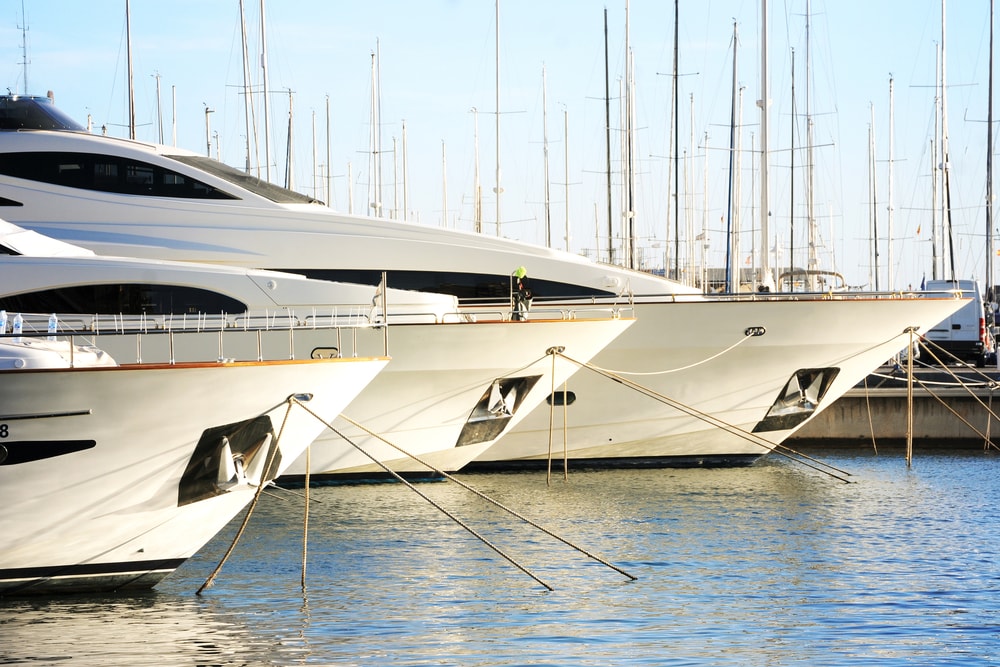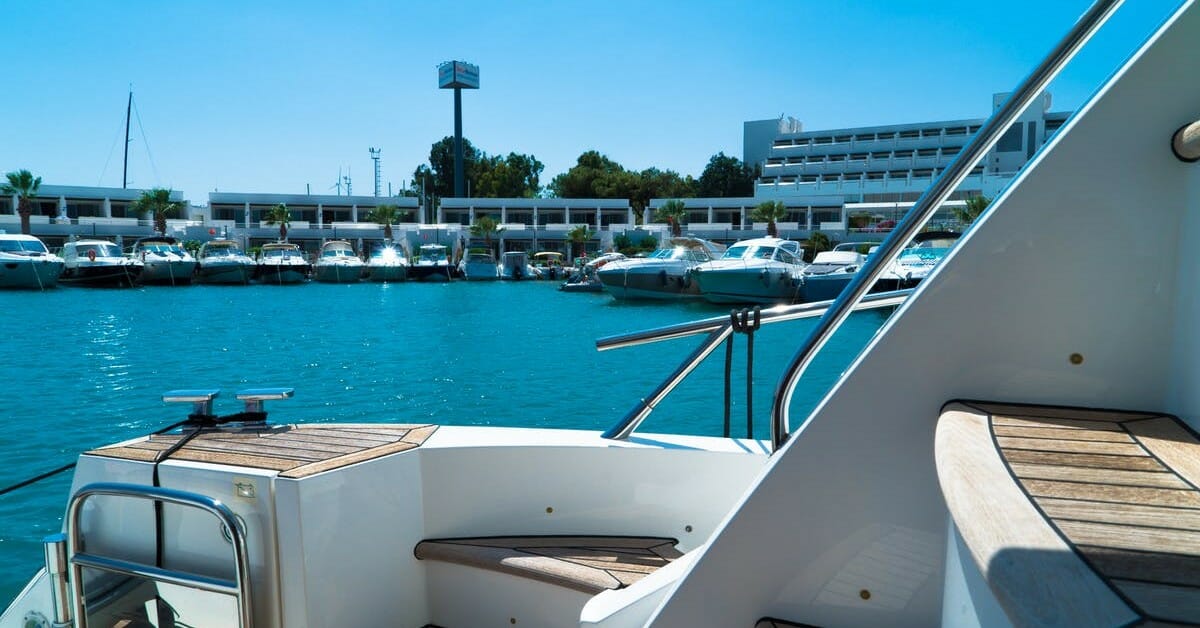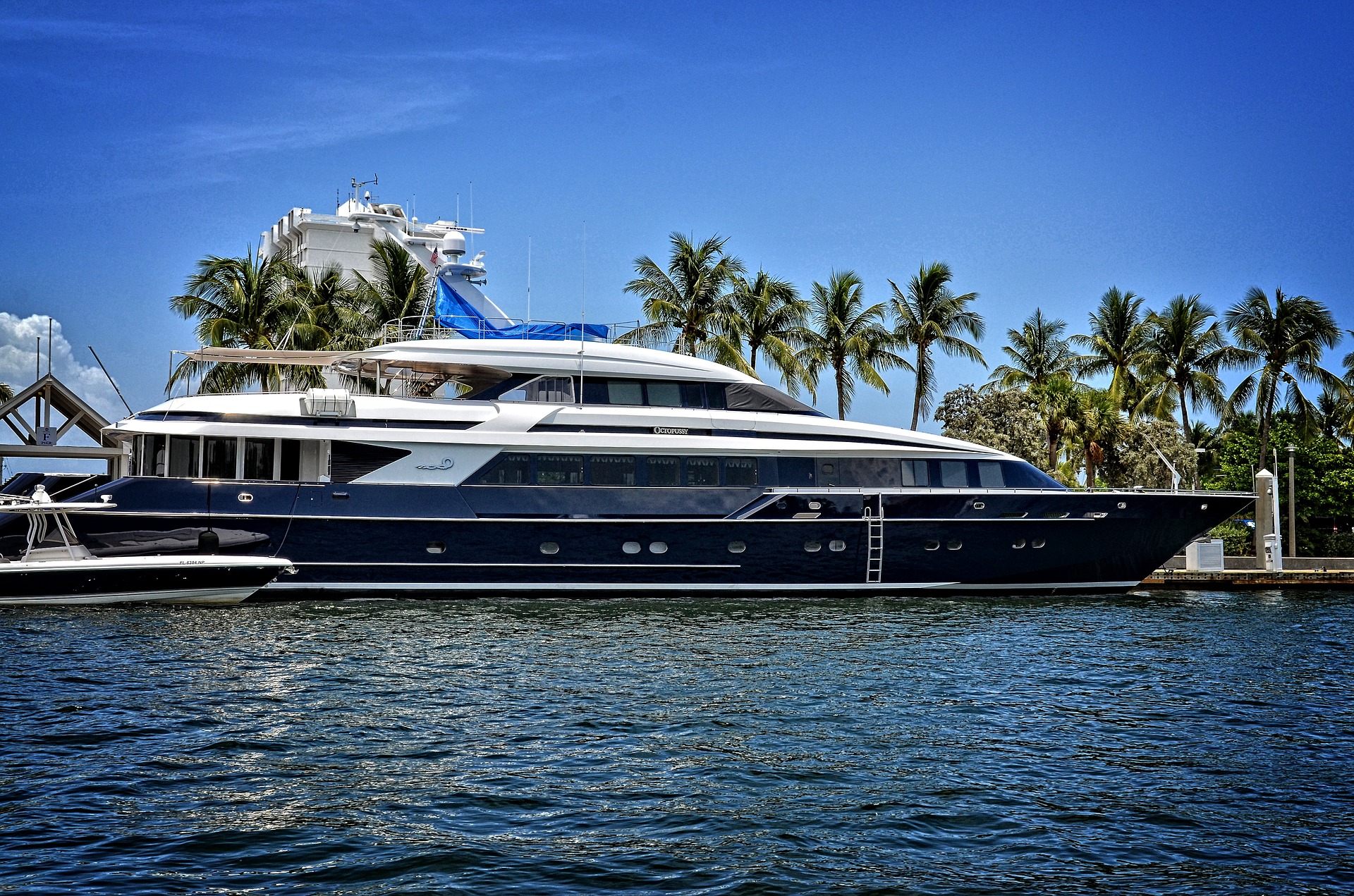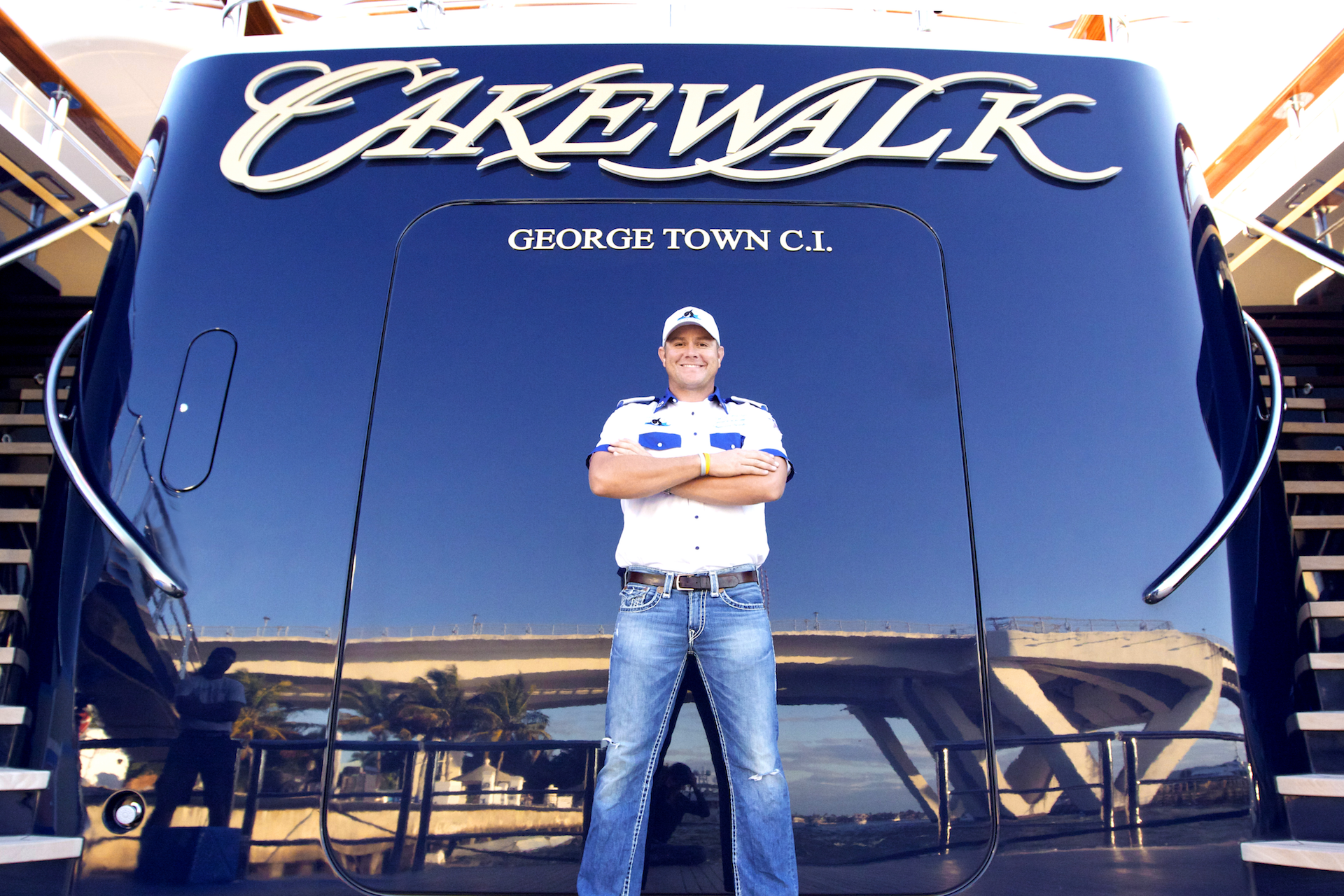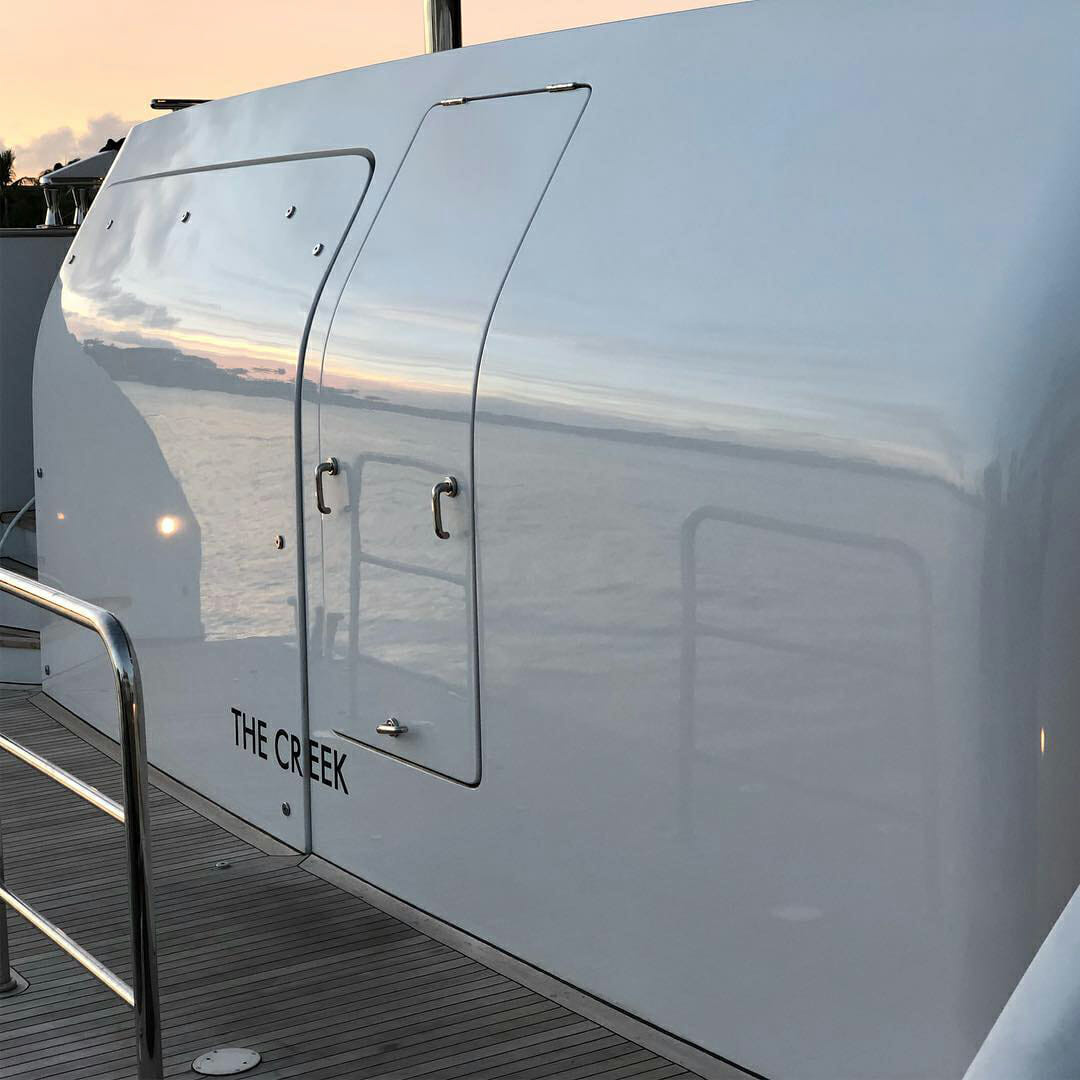Nothing lasts forever. Even after comprehensive yacht surface restoration and ceramic coating application, your yacht will eventually require the restoration of its gelcoat.
Even ceramic coatings are not immune to the elements – so after several years, you may need to restore the gelcoat of your boat. But how can you make sure that you restore a glossy, beautiful finish – and avoid the “swirls” that are so common among DIY yacht polishers?
With advice from Off The Deep End, of course! We’re yacht polishing experts, so we can help you understand how to restore your gelcoat – without any risk of swirling, or damaging the underlying gelcoat and fiberglass surface. Keep reading, and learn about our top tips!
1. Work In Small Areas
Refinishing your entire yacht is a truly Herculean task – there’s so much to do! That’s why most people choose yacht polishing from professional companies like Off The Deep End. But if you have the DIY bug, you can do it all yourself – especially if you’re refinishing a smaller pleasure boat or yacht.
Just make sure to work in small areas, and don’t bite off more than you can chew. Work in sections that are about 1 x 3 feet, and use a paintbrush to apply buffing compound directly to the surface of your yacht. This helps you focus on each individual section of the yacht, and ensure even distribution of buffing compound.
This is tiring work. If you feel like your attention is slipping, or you’re getting tired, stop immediately. When you’re tired, accidents happen – and if you don’t pay attention, you may end up accidentally leaving swirls on the surface of your yacht.
2. Use Gentle, Even Pressure On The Buffer
When buffing, it’s tempting to use a lot of pressure, and push deeply into the gelcoat. Avoid this impulse. Instead, use a very light touch, and ensure that you maintain even pressure. By keeping pressure light and even, you can remove small layers of material, and make sure that you do not penetrate too deeply into your gelcoat and leave behind marks, scratches and swirls.
3. Use The Proper Buffing Compound
While some folks prefer more paste-like buffing compounds, we believe that more “watery” buffing compounds are usually more effective.
This is because they’re easier to work with, and they do not “clog” your buffer as easily. Clogged buffers are a common cause of swirls. Paint and other debris will get stuck in your buffer, and it can easily wear away excess gelcoat without you noticing.
If desired, you can even thin your compound further by adding a bit of water to it – do this in a separate container, and test your results before applying to your entire boat.
4. Clean Your Buffer Regularly
As touched upon above, a clogged buffer is the #1 cause of unexpected swirls during the yacht finishing process. Besides using a more thin buffing compound, you can prevent this by cleaning your buffer regularly – ideally, after finishing each small section of your boat.
Using a paint stick, or another stiff piece of wood or plastic, you can easily clean your buffer. Hold it up to your buffer while it’s running, and allow the stick to scrape all of the debris and compound off of the wheel. That’s it!
Stop Those Swirls – Follow These Simple Tips!
If you’re a yacht owner interested in the DIY polishing and restoration of your yacht’s surfaces, these tips are sure to be useful. Take things slow, use a gentle touch, and use the right tools – and you’ll be able to avoid the gelcoat swirls that are so common in DIY projects.
Not sure you have what it takes for a comprehensive yacht surface restoration? No problem – Off The Deep End can help. Whether you just need a quick gelcoat buffing, or more comprehensive services, we’re here for you. Read more about what we do, and contact us for details about rates and availability today.
